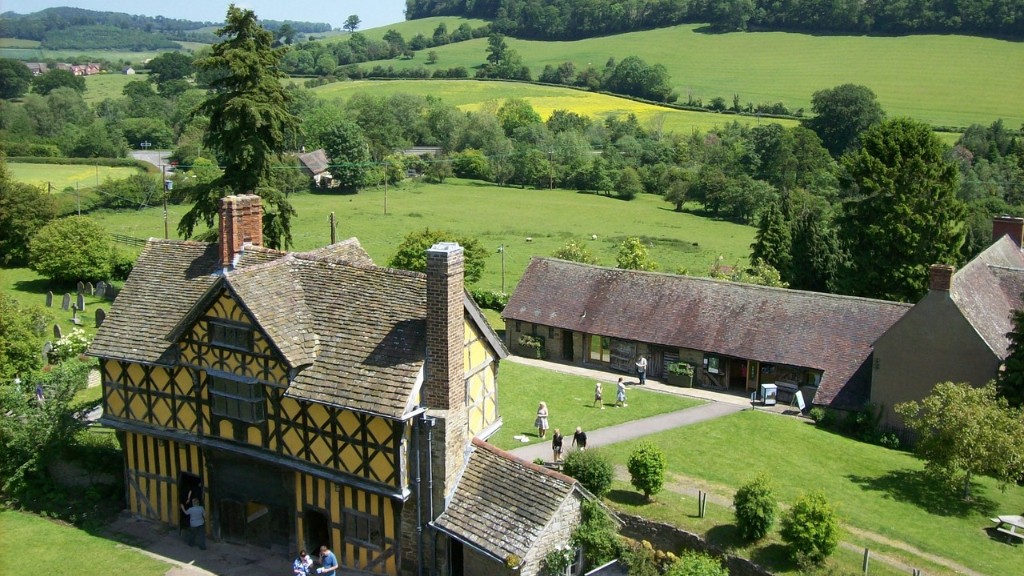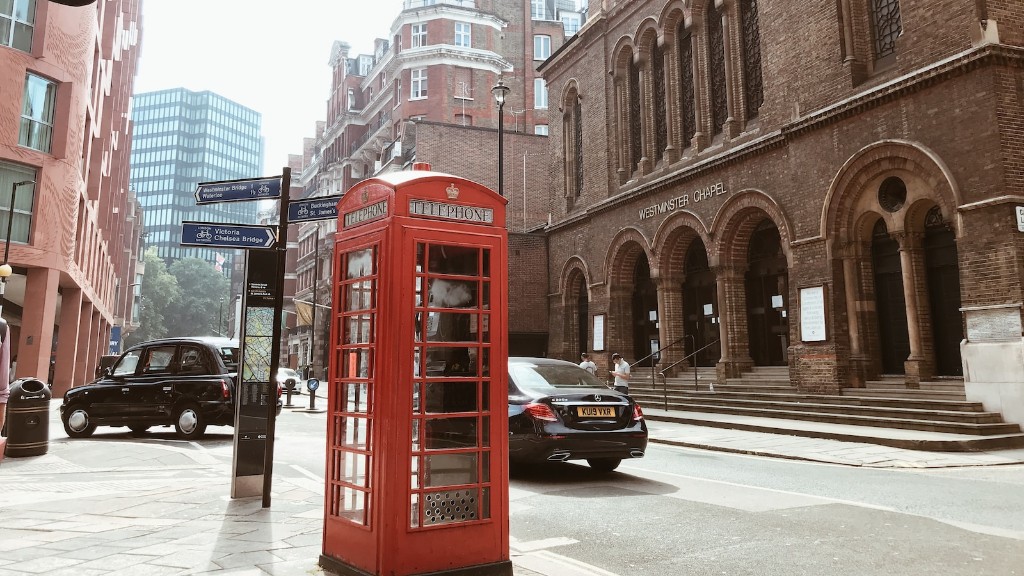When Queen Victoria of Great Britain married Prince Albert in 1840, it marked the start of one of the most successful royal marriages in British history. Over the next two decades, Queen Victoria and Prince Albert had seven children, making them the first British royal couple to have an immediately large family. Queen Victoria’s children would come to play an important role in the royal family’s history, most notably in the development of the British constitutional monarchy. Even today, Queen Victoria’s children and grandchildren are remembered for their contribution to the shaping of Great Britain.
The first royal couple’s children all had royal Christian names: Victoria (1841–1901), Albert (1844–1912), Alice (1843–1878), Alfred (1844–1900), Helena (1846–1923), Louise (1848–1939), and Arthur (1850–1942). With the exception of Alice, who made a marriage alliance with the Grand Duke of Hesse, all of Queen Victoria’s children married other members of the British aristocracy and royalty. From those marriages, Queen Victoria had a total of 42 grandchildren, which included several Grand Duchies, Kings and Queens across Europe.
The seven royal children became well-known beyond Britain because of their family connections and alliances with other European royal houses. Once Queen Victoria became queen, the public became much more interested in her personal life and in her family, in particular, her seven children who were to play a significant part in the formation of the constitutional monarchy. Her eldest daughter, Victoria “Vicky” of the United Kingdom, is an example of how far Queen Victoria’s influence could extend so directly.
Queen Victoria’s eldest daughter was married to the German-born Frederick III, Emperor of Germany and King of Prussia, from 1858 and she played an important role in the dissolution of the German Confederation in 1866. By often referring to her children’s non-royal marriages, Queen Victoria intended to bring the royal houses of Europe closer to each other. These marriages greatly strengthened the personal ties between the Crowns and provided an opportunity by which a more united Europe could be established.
Today, Queen Victoria’s seven children are memorialized through a variety of historic sites, artifacts, monuments and statues. Most notably, four of the children – Victoria, Albert, Alice, and Arthur – sit atop the Victoria Memorial in front of the Buckingham Palace in London. All seven children are also featured on a series of commemorative coins issued by the British Royal Mint. In addition, Queen Victoria’s children also feature on the Royal Coat of Arms of the United Kingdom, including four of the five living daughters, which are displayed over the entrance to the House of Lords at Westminster.
Queen Victoria’s seven children have had a lasting effect on the British monarchy, both in terms of what it is and how it is seen in the modern world. As a result, Queen Victoria continues to be a positive role model and a beacon of stability for present and future generations.
Family Dynamics
Queen Victoria’s children had a far-reaching impact on the monarchical structure in Britain. Her eldest daughter, Victoria, was married to the German-born Frederick III, Emperor of Germany and King of Prussia and her second son, Albert, eventually became crowned the King of Saxe-Coburg and Gotha. Her third son, Alfred, was made Duke of Edinburgh and she even arranged relations with the King of Denmark and the Tsar of Russia for two of her daughters, Alice and Helena, respectively.
It can be said that Queen Victoria was the matriarch that began unifying Europe. In marrying into other royal family’s and forming alliances, she was seeking to create a peaceful and unified continent where sovereignty, stability and monarchy could reign. Her strategy was long-term and implemented not only for her children’s benefit, but also for the betterment of the people.
Queen Victoria’s seven children were raised in strict obedience and discipline, although her love for them was always present. Even after they left the palace,
their education and upbringing prepared them well for the responsibilities of adulthood. Queen Victoria’s aim was to instill in her children a sense of loyalty, pride and respect for their country which would ensure the continued success of the monarchy and its customs and traditions.
The princes and princesses of Queen Victoria’s family lived with a sense of duty and responsibility toward the Crown ahead of their own interests. In doing so, they secured the continuity of a monarchy that had been challenged during the 19th century and continues to exist in the present age.
Legacy
Queen Victoria and her children left an indelible mark on the British empire. Through her seven children and their descendants, Queen Victoria was able to influence European politics and culture in countless ways. Her legacy will live on in the international ties that were created by her children and in the traditions and customs that they passed down to subsequent generations.
The royal marriages that Queen Victoria arranged also had a profound impact on the stability of Europe. Her children helped to strengthen the unity and diplomatic relations between nations. They also played a role in the development of the European Union, as their marriage alliances in some ways paved the way for the eventual unification of the continent.
Queen Victoria’s seven children are remembered not just for their family ties but also for their individual achievements. All of them had their own pursuits, interests and causes, which they were dedicated to throughout their lives. Her eldest son, Prince Albert, was a noted scholar and philanthropist, and her eldest daughter, Princess Victoria, was an acclaimed author, diplomat and promoter of healthcare reform.
Lastly, Queen Victoria’s children are remembered for their warm relationships with each other. It was not easy being the children of such a powerful and influential woman but their bond with one another was strong and lasting. This is perhaps the greatest legacy that Queen Victoria left us with, an example of how siblings can come together in unity and love.
Cultural Impact
Queen Victoria’s family served as an important source of inspiration in British culture. Her children’s lives have been dramatized in numerous films and television shows, including ‘The Young Victoria’ (2009), ‘Victoria & Albert’ (2001), and ‘The Royal’ (2003). They also feature prominently in books, music and art.
The seven royal children became known as “The Royals” and their social activities and personal lives captured the imagination of the public. They have remained prominent figures in popular culture for decades, which is evident in the way their image has been used in marketing campaigns and other commercial endeavors.
The public’s fascination with Queen Victoria’s children is not limited to Britain; the royal family’s history has been the subject of numerous books, paintings, sculptures and films in other countries across Europe. These works of art serve as a reminder of the powerful legacy of the British monarchy and its numerous influences on European and world history.
Queen Victoria’s seven children have also had an influence on fashion trends. For example, the fashions of Queen Victoria’s eldest daughter, Princess Victoria, were adopted by many of the young women of her generation. The popularity of the “Victorian look” can still be seen today, as the royal family continues to draw much of its inspiration from the historical culture of the 19th century.
Conclusion to Queen Victoria’s Legacy
Queen Victoria’s seven children had a momentous impact on British and European history. They helped to strengthen the British monarchy, created valuable international ties, and laid the groundwork for modern constitutional monarchy. Their lasting legacy and influence are evidenced in the numerous works of art and fashion that they have inspired and continue to inspire.
The commitment and dedication that Queen Victoria showed to her children and to the monarchy was unparalleled. Her seven children, in turn, provided her with strength and comfort in the difficult times of her life. Although Queen Victoria is no longer with us, her legacy lives on in her children and in the many accomplishments of the British royal family.





